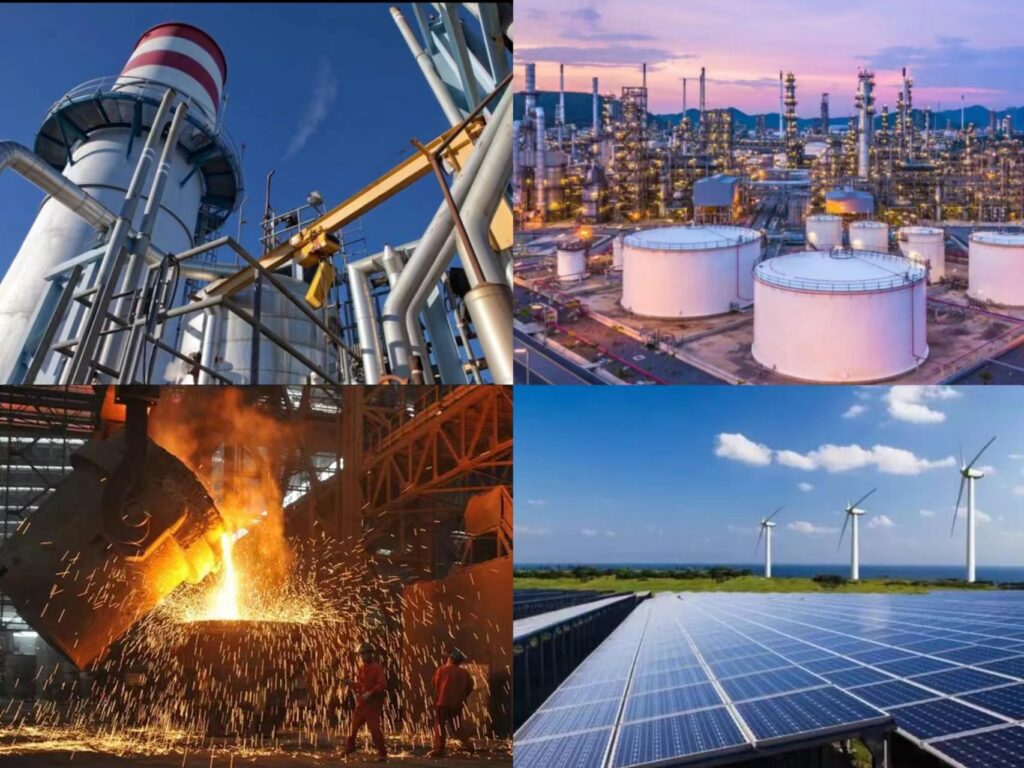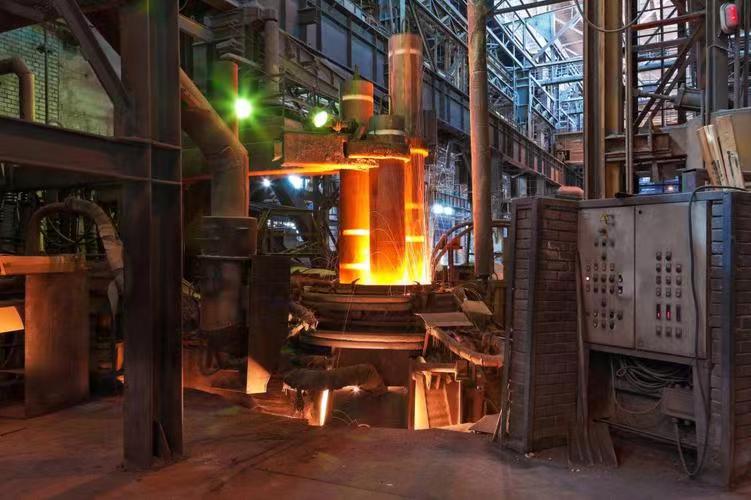El grafito es muy importante en la producción industrial y en la vida cotidiana. Los distintos tipos de grafito tienen densidades diferentes, y es importante comprender los factores que influyen en la densidad del grafito, los métodos de medición, etc., ya que tiene una importancia significativa en la producción industrial.
Índice
Toggle
¿Cuál es la densidad de los distintos tipos de grafito?
Grafito natural
- Grafito en escamas: generalmente en torno a 2,09 - 2,23 g/cm³.
- Grafito terroso (grafito microcristalino): generalmente en torno a 2,0 - 2,2 g/cm³.
Grafito artificial
– Grafito de presión isostática: alta densidad que alcanza alrededor de 1,7 - 1,9 g/cm³. Debido a sus características isotrópicas, el grafito isostático puede alcanzar un alto nivel tras un tratamiento de proceso especial, que ayuda a mejorar sus propiedades, como la resistencia, la conductividad eléctrica y la conductividad térmica.
– Grafito moldeado: suelen oscilar entre 1,6 y 1,85 g/cm³. Su densidad se ve afectada por factores como la presión de moldeo, las materias primas y los aglutinantes, y las densidades de este rango pueden satisfacer los requisitos básicos de diversos escenarios de aplicación, como juntas mecánicas y electrodos.
– Grafito extruido: en torno a 1,5 - 1,7 g/cm³. En el proceso de extrusión, la disposición de las partículas y el grado de compactación de la materia prima afectarán a la densidad final. Grafito extruido en este rango de densidades muestra un buen rendimiento en aplicaciones como materiales para electrodos y cepillos.
Factores que afectan a la densidad
1.Materias primas:
La naturaleza de la materia prima del grafito puede influir en las densidades de los productos finales. Por ejemplo, el tamaño de las partículas, la forma, la pureza, etc. de la materia prima afectarán a la densidad aparente y la cristalinidad del grafito.
2.Métodos de moldeo:
Los diferentes métodos de moldeado, como el moldeo, la extrusión, el prensado isostático, etc., tendrán un impacto. Por ejemplo, el moldeo por compresión isostática puede lograr mayores densidades de los productos de grafito porque el método permite aplicar la presión de manera uniforme al material de grafito, reduciendo así la porosidad interna.
3.Temperatura y tiempo de sinterización:
Durante el proceso de sinterización, el control de la temperatura y el tiempo tiene un impacto importante. Una temperatura de sinterización más alta y un tiempo de mantenimiento adecuado pueden favorecer la cristalización y la fusión de las partículas de grafito, reducir la porosidad y aumentar así las densidades.
4.Porosidad:
La porosidad del grafito afecta directamente a su densidad. Cuanto mayor es la porosidad, menor es la densidad. La formación de poros puede estar relacionada con factores como las características de la materia prima, la descarga de gases durante la preparación y la contracción durante la sinterización.
5.Contenido de impurezas:
Si el grafito contiene más impurezas, afectará a la integridad y compacidad de su estructura cristalina, lo que se traducirá en una disminución de la densidad.
6.Grado de grafitización:
Cuanto mayor sea el grado de grafitización, más completa será la estructura cristalina del grafito, y la densidad aumentará en consecuencia.
Métodos para medir la densidad del grafito
1. Principio de Arquímedes (método de drenaje).
Según el principio de Arquímedes, la fuerza de flotación que experimenta un objeto en un líquido es igual al peso que desplaza del líquido. Midiendo el peso del grafito en el aire y su peso en el agua (flotabilidad), se puede calcular el volumen del grafito. Luego, combinado con su masa, se obtiene el resultado.
2. Método picnómetro
Midiendo la masa de un volumen conocido de picnómetro cuando se llena con un líquido (como agua) y la masa que queda después de que el líquido se desborde tras llenarlo, se puede calcular el volumen de la muestra de grafito, así como la densidad.
3. Método de medición directa (para muestras de grafito de forma regular)
En el caso de las muestras de grafito con formas regulares (por ejemplo, cubos, cuboides, cilindros, etc.), se puede medir directamente el tamaño y calcular el volumen. A continuación, se puede calcular la densidad en combinación con la masa.
Comparación de la densidad del grafito con el mismo tipo de material de carbono
Carbón activado VS Grafito
El carbón activado es un material de carbono con una estructura muy porosa. Debido a su gran número de estructuras porosas, la densidad del carbón activado es relativamente baja, generalmente en torno a 0,5 - 0,9 g/cm³. En cambio, el grafito es mucho más denso que el carbón activado.
Diamante VS Grafito
A temperatura y presión ambiente, la densidad del diamante es de unos 3,5 - 3,53 g/cm³. Por lo tanto, la densidad del diamante es mayor que la del grafito.
Fibra de carbono VS Grafito
La densidad de la fibra de carbono suele estar entre 1,7 y 2,2 g/cm³, pero su densidad varía en función del tipo de fibra y del proceso de preparación. Por lo tanto, el grafito se solapa parcialmente con la fibra de carbono en el rango de densidad.
Nanotubos de carbono VS Grafito
Los nanotubos de carbono son un material de carbono tubular, y su densidad depende de factores como el diámetro del tubo, el grosor de su pared, etc. La densidad de los nanotubos de carbono de pared simple es de aproximadamente 1,3 - 1,4 g/cm³. El grafito es más denso que los nanotubos de carbono.
La importancia de la densidad del grafito en la producción industrial
Evaluación del rendimiento: La densidad del grafito está estrechamente relacionada con sus propiedades físicas. Una mayor densidad suele significar una mayor resistencia mecánica y al desgaste, eléctrico conductividad, etc. Midiendo la densidad del grafito se puede evaluar preliminarmente su rendimiento en una aplicación específica, lo que proporciona una base para seleccionar el material de grafito adecuado.
Control de calidad: En el proceso de producción de productos de grafito, la densidad es un importante indicador de calidad. Controlando los parámetros del proceso de producción para garantizar que el producto de grafito alcanza el rango de densidad esperado, se puede garantizar la estabilidad de la calidad y la consistencia del producto. Los productos con densidades insatisfactorias pueden afectar a su rendimiento y longevidad en servicio.
Conclusión
En resumen, la densidad del grafito es un determinante crucial de sus propiedades mecánicas y, en consecuencia, de sus aplicaciones industriales. Con la expansión de sus aplicaciones potenciales a diversos sectores, su importancia en el panorama industrial sigue aumentando.



